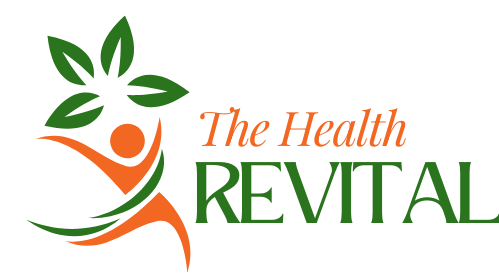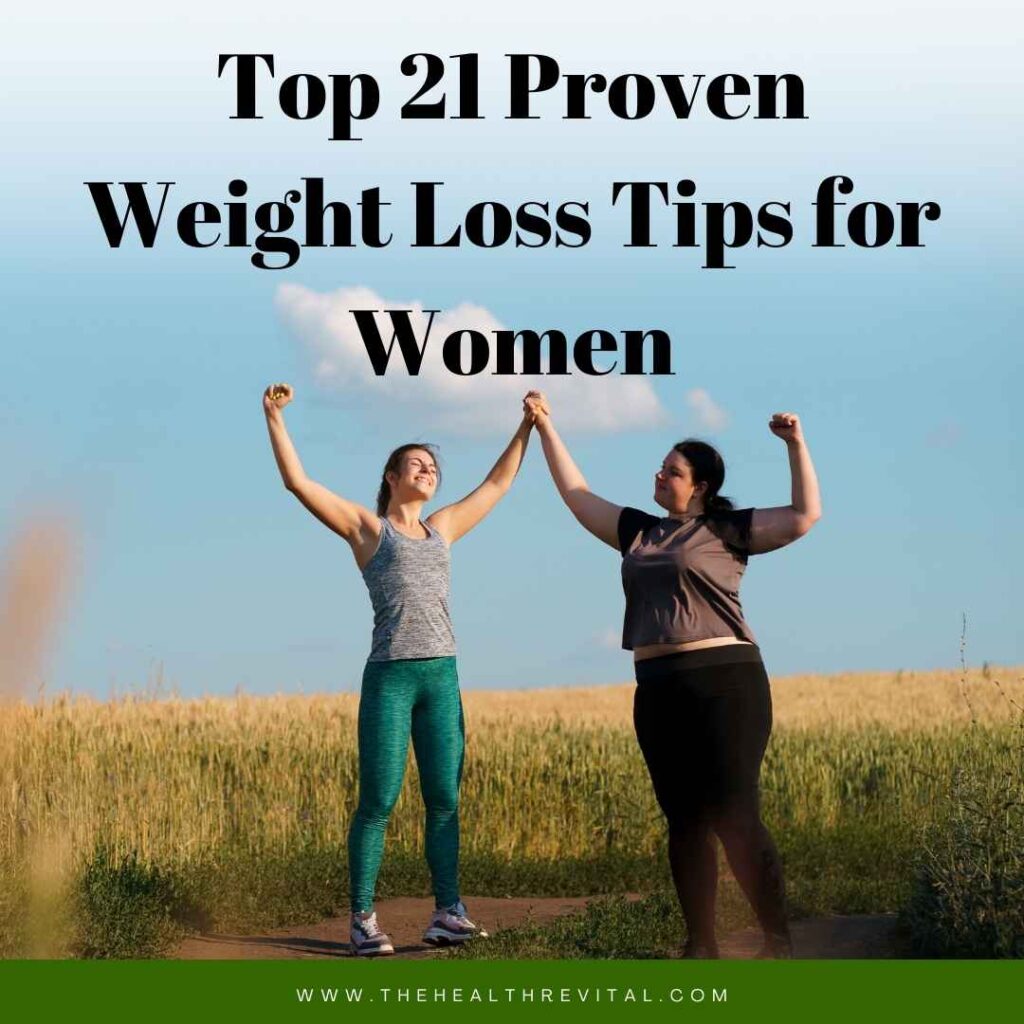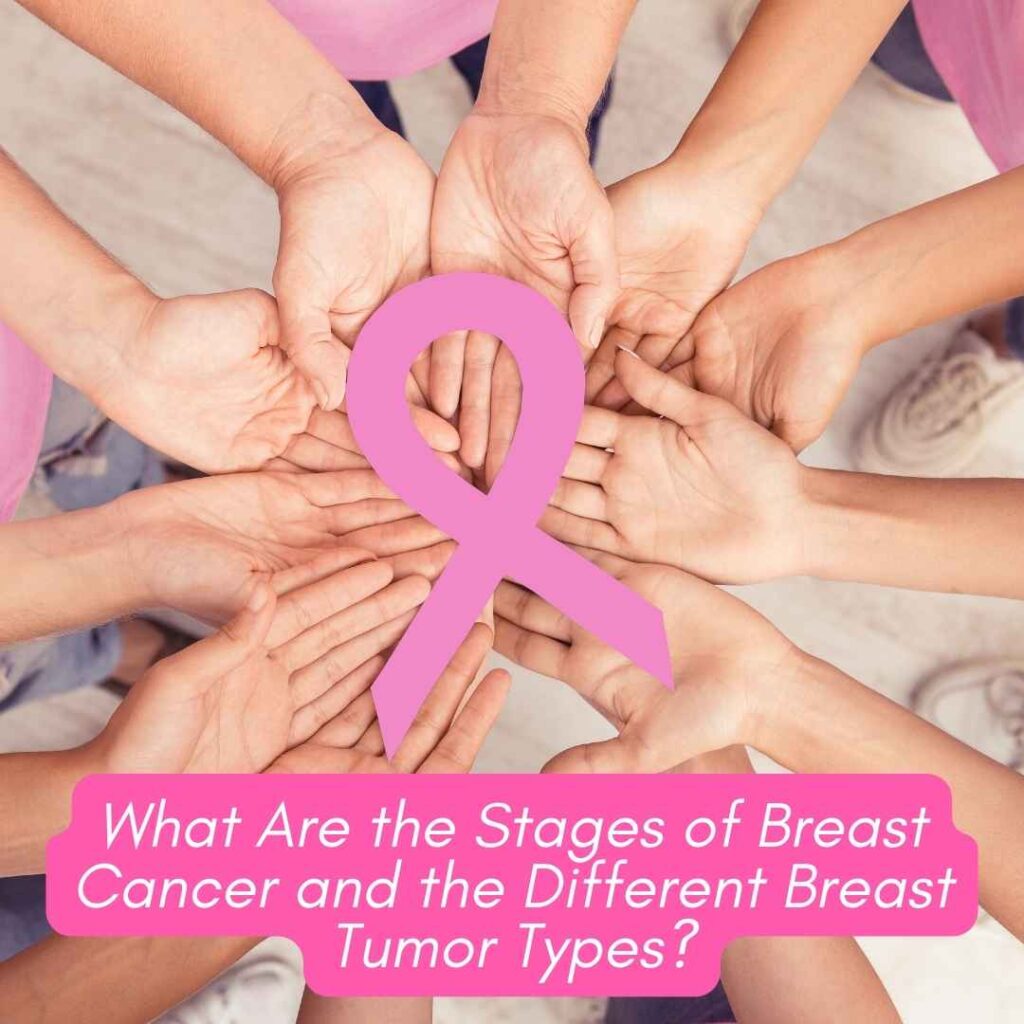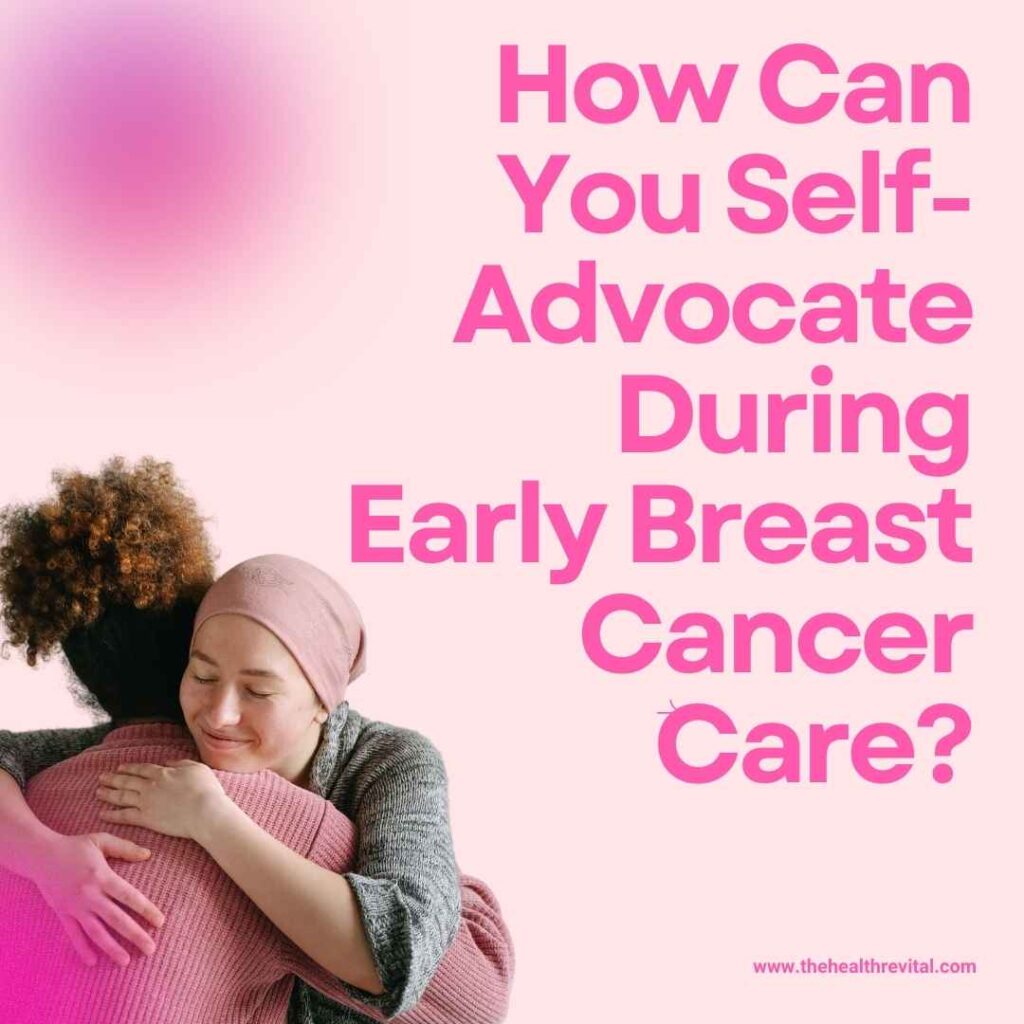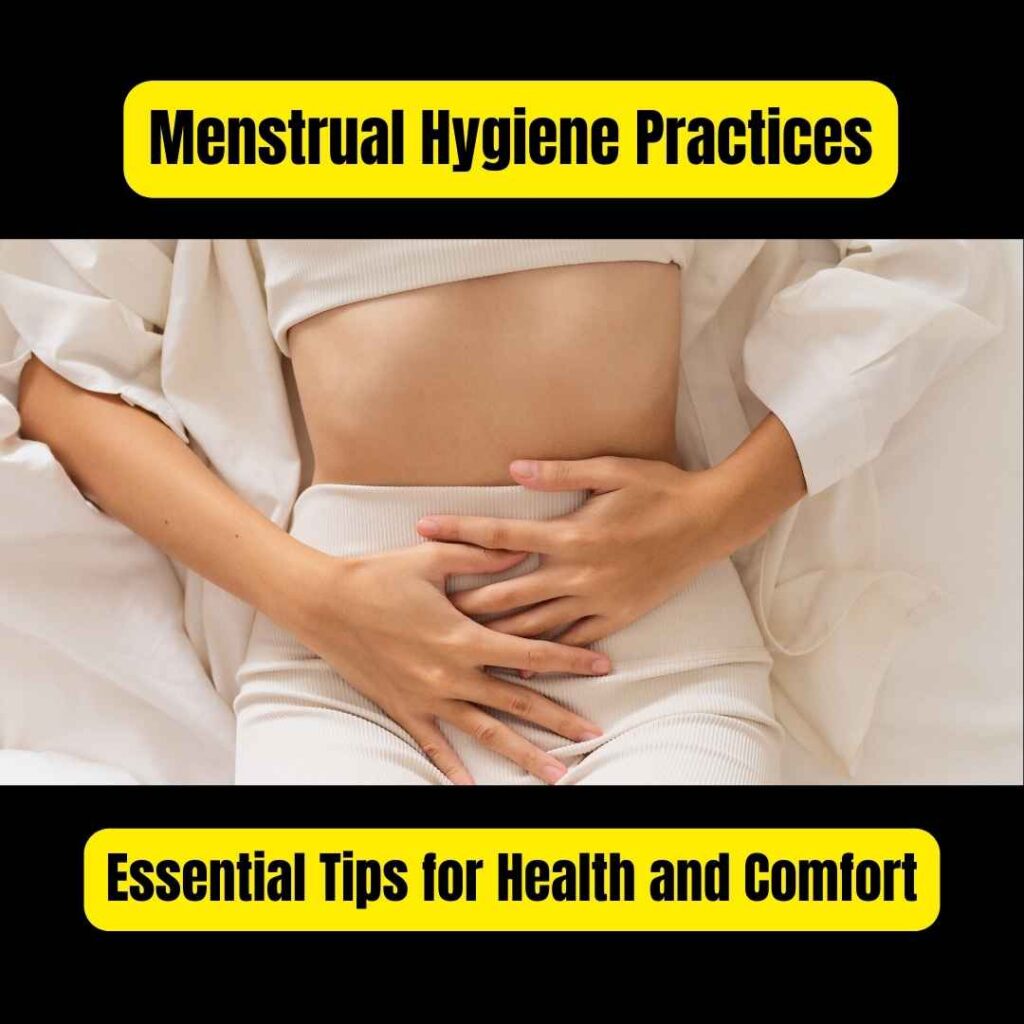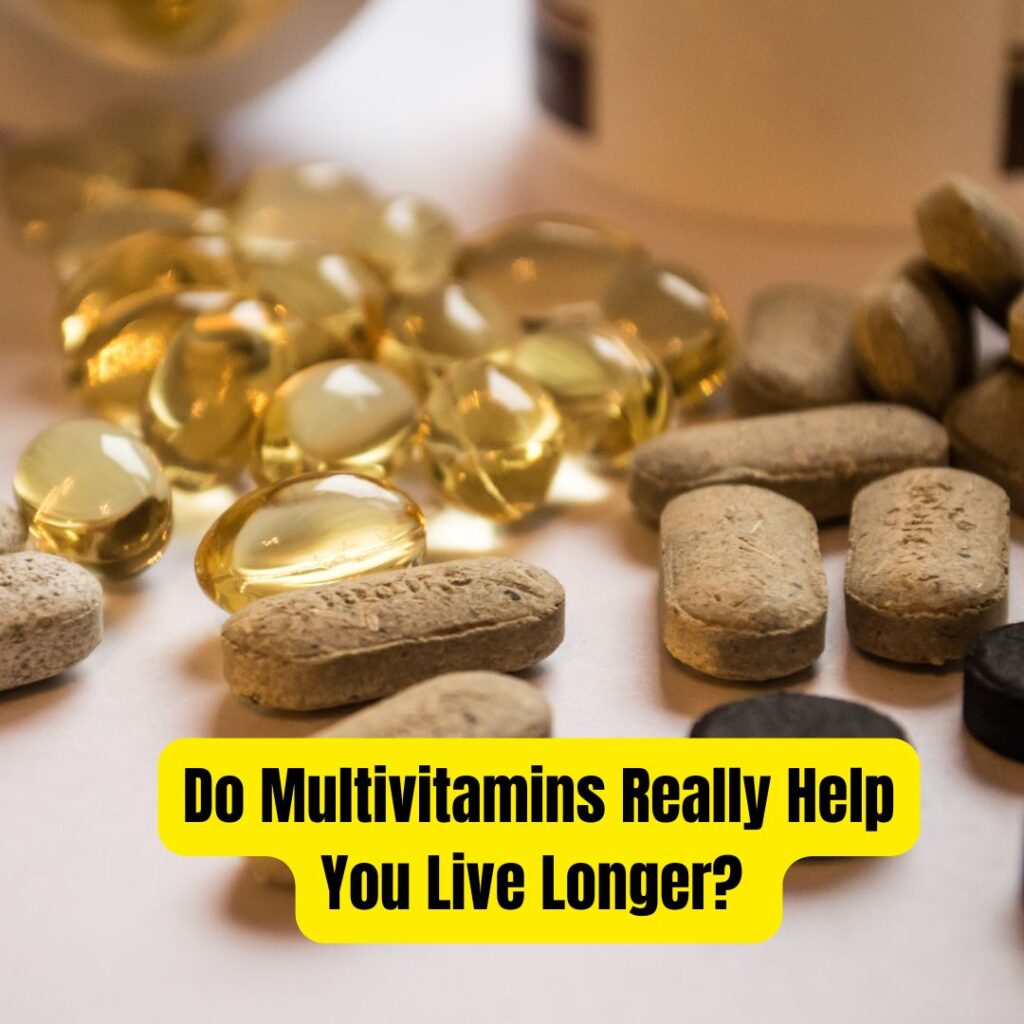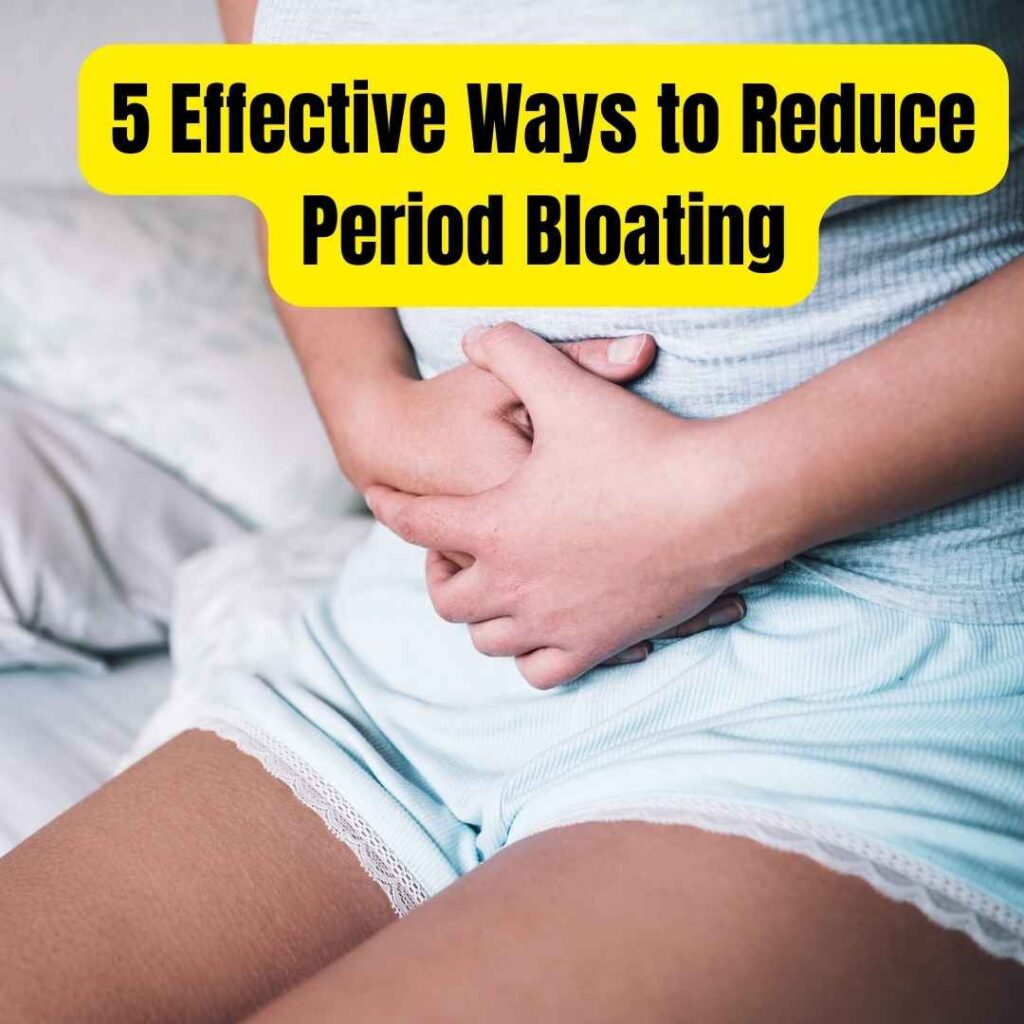Understanding Importance of Women’s Health: Key to a Healthier Life
Understanding the Importance of Women’s Health: Key to a Healthier Life The importance of women’s health is critical, yet often overlooked in global health discussions. Women face numerous challenges, including limited access to healthcare, gender-based discrimination, and social inequities that affect their overall well-being. According to the World Health Organization, over 800 women die every […]
Understanding Importance of Women’s Health: Key to a Healthier Life Read More »
